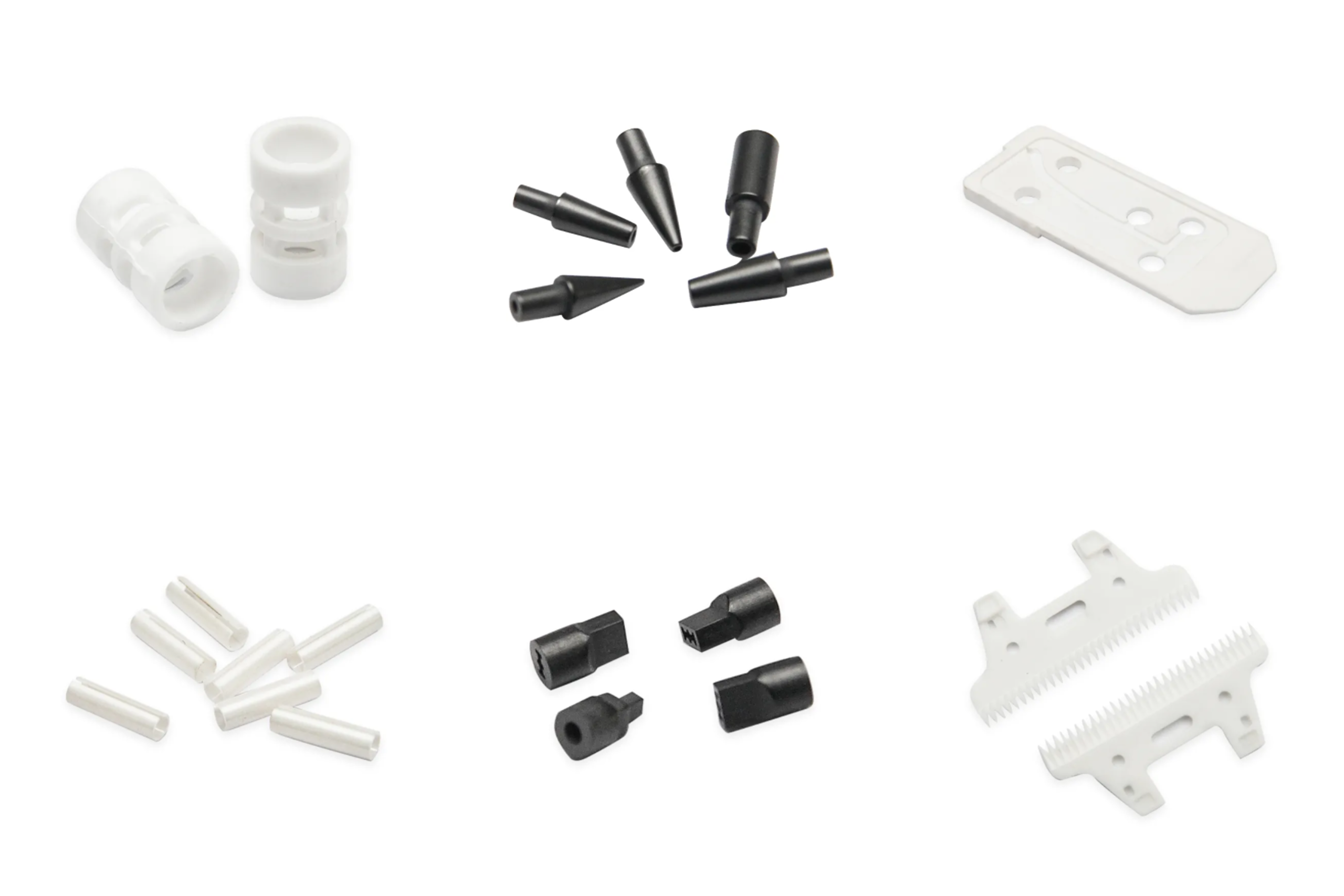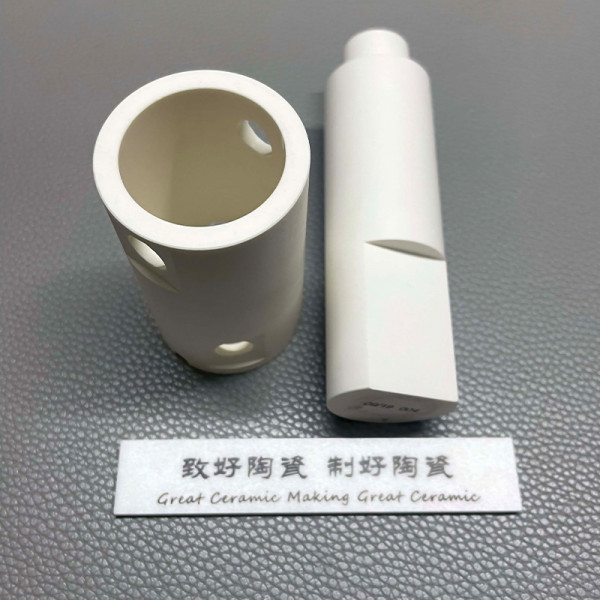Understanding the Coefficient of Friction
Yo, let’s break it down. If we wanna know if a 24W adapter can work with a 12W LED light, we gotta think about that coefficient of friction. This here term refers to how a surface interacts with another surface, you feel me? Now, applying it to lights ain’t just for physics classes. It’s about makin’ sure our lights ain’t overloadin’ or shortin’ out. When you mix wattages, you gotta think smart bout how much energy each piece needs. Just like two dancers on the floor, they gotta move right together or it’ll get real messy. If the 24W ain’t done up with a 12W light correctly, it might not work out. Always best to check that the tech aligns up right to avoid problems later on, ya dig?

Importance of Ceramic Friction Coefficient
Now, hold up, let’s talk about that ceramic friction coefficient. This is key when we consider materials used for our adapter and light setups. Ceramics can handle intense heat and pressure, making them solid choices in tech. If your adapter’s made with high-quality ceramic, it’ll help keep them surfaces smooth and keep that energy flowing without a hitch. Ain’t nobody got time for equipment failures ’cause something slipped or didn’t grip right. You can think of it like a good grip on the basketball court—it keeps the game smooth and gives you control to shine. Choosing quality materials ensures durability and efficiency, vital for keepin’ your lights shinin’ bright.
Friction Coefficient and Your Setup
When it comes to setting up that lighting, remember the friction coefficient plays a huge role. This word might sound all techy, but it’s straight-up about how much resistance you gon’ face when two surfaces meet. If your 24W adapter ain’t got the right friction coefficient, it might face issues when powering up that 12W LED light, like flickering or overheating. You want that energy to flow easy, no bumps in the road. Just like a good playlist, it gotta groove; anything outta rhythm can throw the whole vibe off. So, knowing the friction coefficients involved gets you ahead in makin’ sure all your lights turn on smooth and stay lit with no trouble. Careful planning saves time, money, and keeps your space lookin’ fresh.

Bringing It All Together
In summary, makin’ sure your 24W adapter can roll with a 12W LED light hinges on understanding how the coefficient of friction works, as well as the ceramic friction coefficient. The friction coefficients involved can tell you if things are gonna flow smooth or if they’re gonna trip up. Always pay attention to the quality of the equipment you use, ensuring they work together in harmony. For top-notch components that can withstand wear and keep things runnin’ tight, look no further than Great Ceramic. They got the supply advantages that’ll help keep your setups strong and steady.

